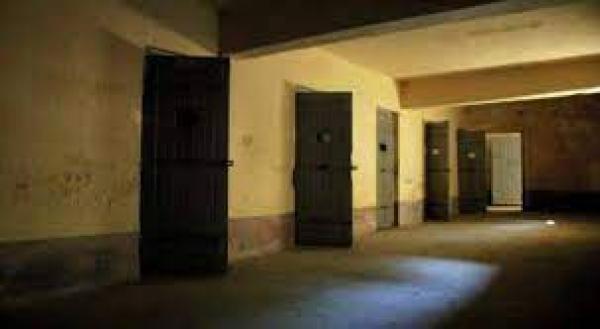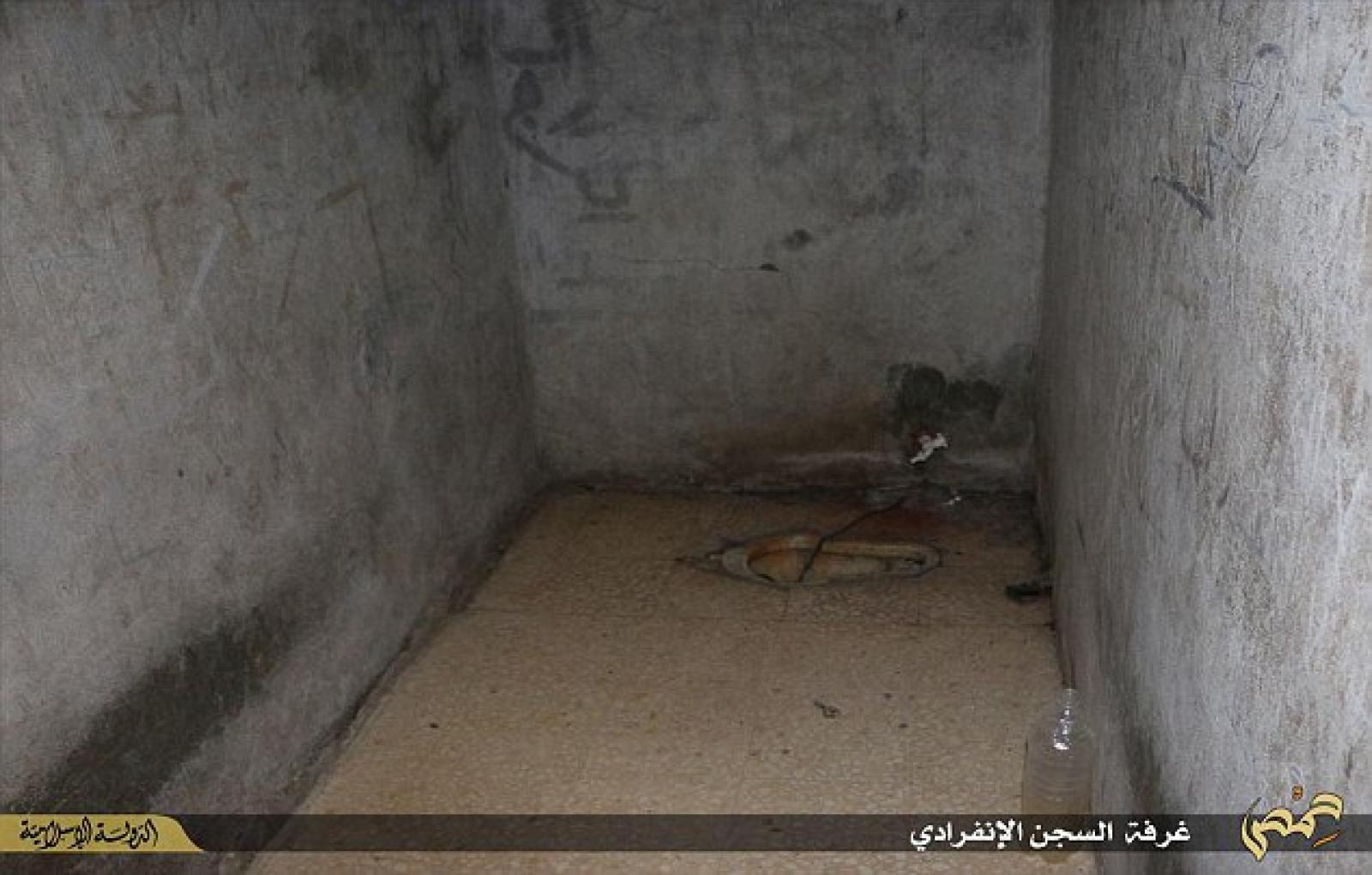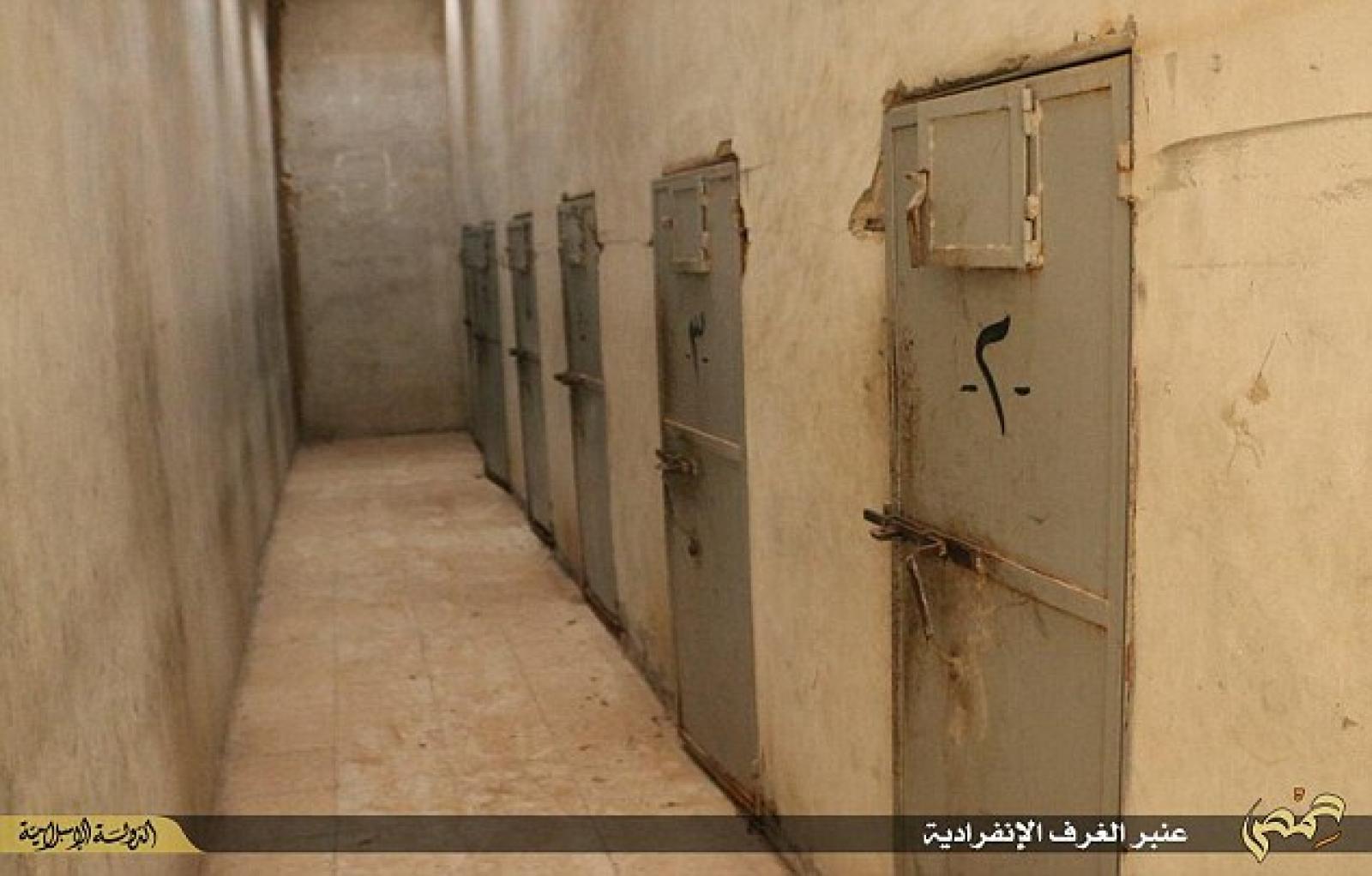Palmyra Prison
Tadmor Prison lies about 200 kilometers north-east of Damascus, in the Homs desert near the ancient site of Palmyra. It is classified among the most notorious detention centres in the world. Amnesty International considers Tadmur Central Prison to be synonymous with "brutality, despair and inhumanity." French Mandate authorities ordered the construction of the complex as a military outpost. After Syrian independence, it functioned as a prison for members of the military who had committed ordinary crimes, but according to some reports, as early as 1966, the state began using Tadmor to incarcerate a number of political detainees, particularly those accused of association with the Muslim Brothers.
Between 1980 and 1996, the Syrian regime used to bury the corpses in an area close to Tadmor Military Prison, which is known as the "Uwaida Valley". Thus, after prisoners are executed, or when they die under torture, their bodies are thrown into a large lorry, usually by two soldiers of the Military Police supervising the prison. One soldier holds the dead body by the shoulders while the other holds it by the feet before they swing and throw it into the vehicle. In their testimony, one of the prisoners said: "We used to count the number of the dead bodies on the basis of the number of banging sounds of those bodies hitting the lorry." In the 1970s, under the rule of Hafez al-Asad, the state expanded the prison with the addition of new buildings. According to a 2001 Amnesty International report, the military prison was designed to "inflict the maximum suffering, fear and humiliation" on prisoners and to keep them under the strictest control by breaking their spirit. Prisoners were isolated from the outside world and forbidden to communicate with each other; death could come at any time. By the late 1970s and early 1980s, much of the prison's population consisted of those charged with political crimes.
Between 1980 and 1990, again according to Amnesty International, the regime imprisoned an estimated 20,000 people in Tadmor. The state's crackdown on opposition movements during that period resulted in severe overcrowding in the communal or dormitory cells of the prison; at times, the cells were so jammed that prisoners had to take turns standing while others slept. The vast majority of these detainees were Muslim Brothers, but there were also members of the Communist Action Party and Communist Party Political Bureau, the pro-Iraq faction of the Baath Party, and other outlawed leftist parties. Because Tadmor was the most punitive site in the archipelago of Syrian prisons, the security apparatus often sent detainees there as a form of additional retribution if they refused to confess or sign loyalty oaths. In some cases, such as that of al-Hajj Salih, prisoners were transferred to Tadmor after their original sentences had expired. Between 1980 and 1996, the Syrian regime used to bury the corpses in an area close to Tadmor Military Prison, which is known as the Uwaida Valley. Thus, after prisoners are executed, or when they die under torture, their bodies are thrown into a large lorry, usually by two soldiers of the Military Police supervising the prison. One soldier holds the dead body by the shoulders while the other holds it by the feet before they swing and throw it into the vehicle. In their testimony, one of the prisoners said: We used to count the number of the dead bodies on the basis of the number of banging sounds of those bodies hitting the lorry. In Syrian memory, Tadmor has continued to serve as a reminder of the Tadmor Massacre in 1980, where thousands of prisoners were executed in their own cells by the Defence Brigades which at the time were under the leadership of Rifat al-Asad, the brother of former President Hafez al-Asad. Several Muslim Brothers and others erroneously accused of affiliation with the Islamist group were the first to author memoirs of the hardships of Tadmor. Many of these testimonials were published informally. As Bashar al-Asad accessed power in 2000, he officially announced the closure of Tadmor Prison, only to reopen it in 2011 to accommodate more prisoners after the Syrian revolution. It was captured and destroyed by militants of (ISIL) in May 2015.

Images

